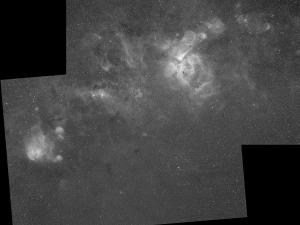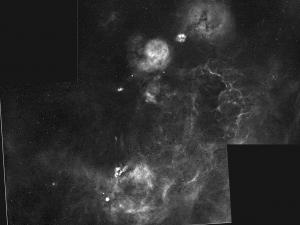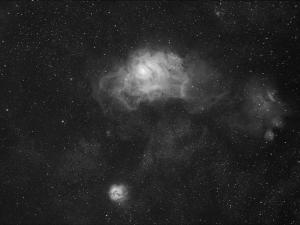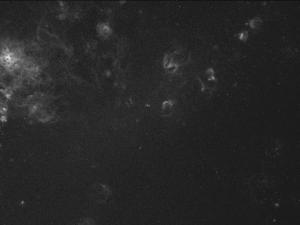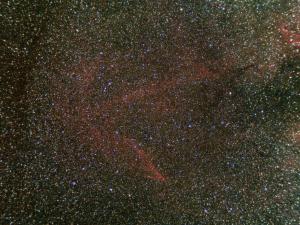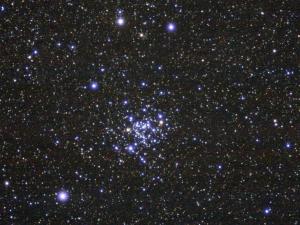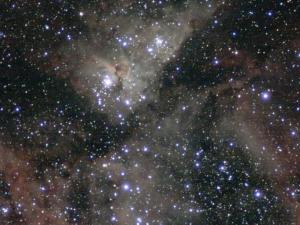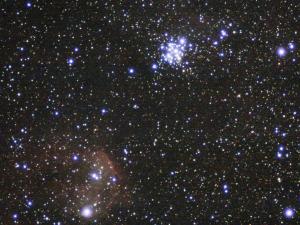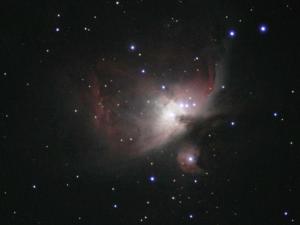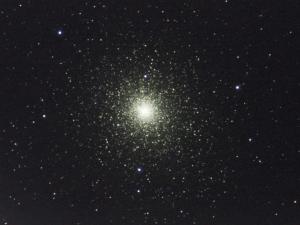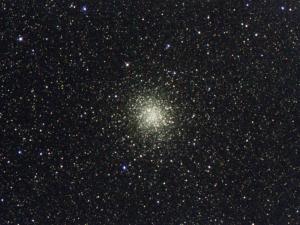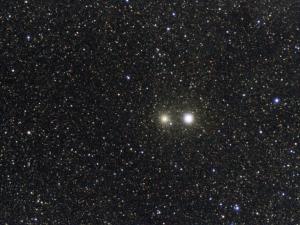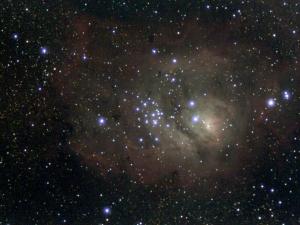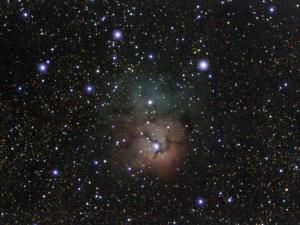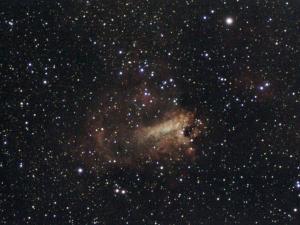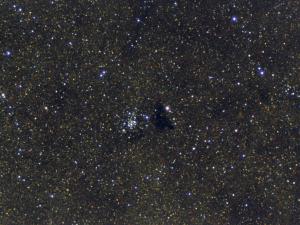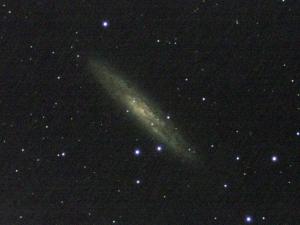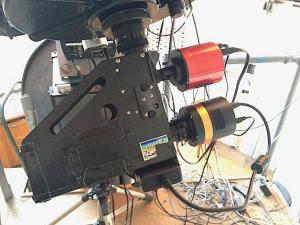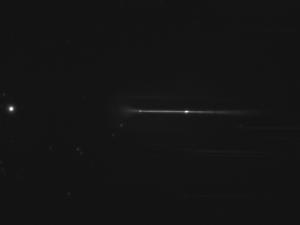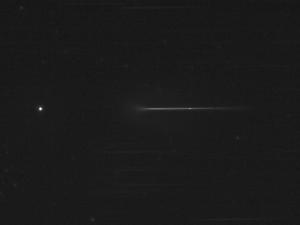Optical Observatory
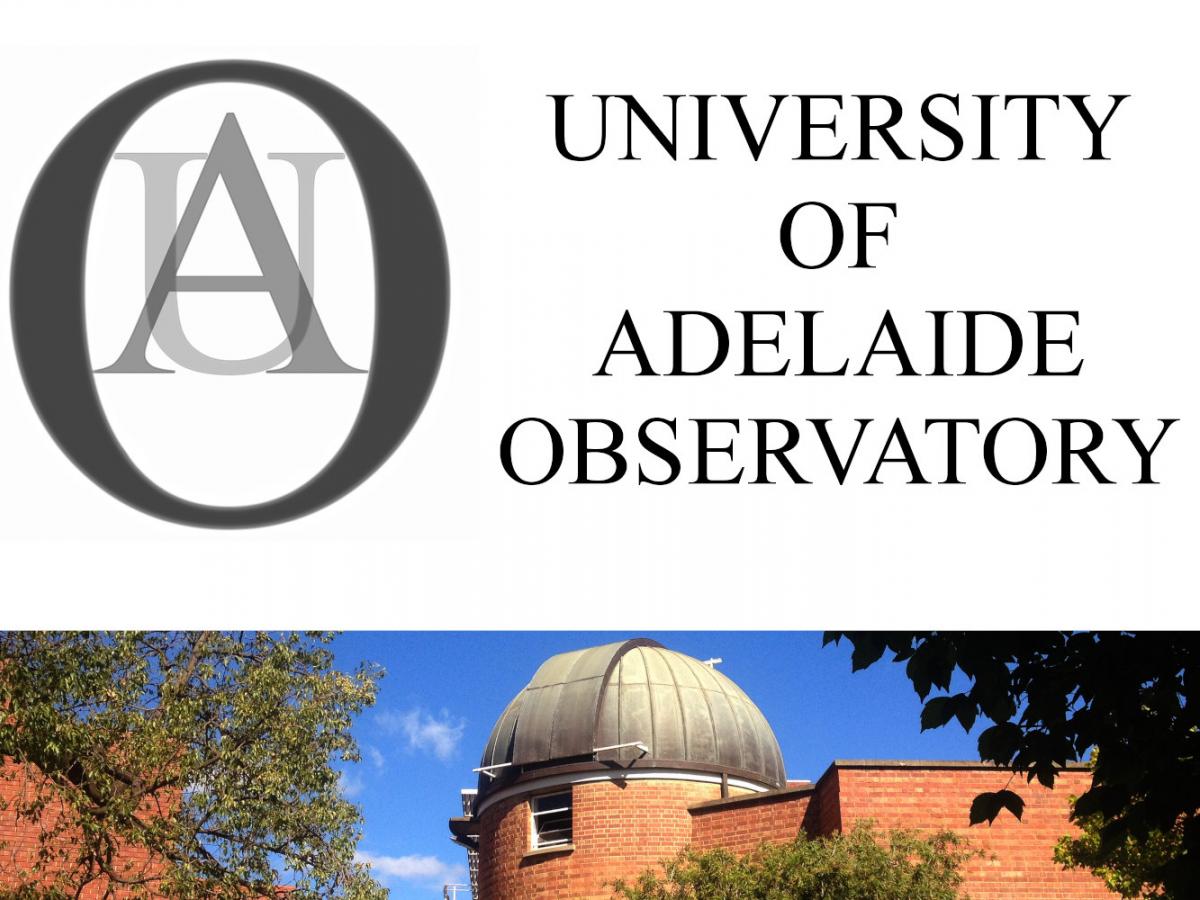
The High-Energy Astrophysics Group (HEAG) operates an observatory on the University's North Terrace campus.
Despite its thoroughly urban location in the city, and the presence of considerable light pollution in its vicinity, it is capable of useful scientific data on appropriate targets. It also is used to give students exposure to, and experience in, observational techniques and data analysis and interpretation in the area of optical astrophysics.
Previously, most of the research undertaken here has involved CCD photometry of exoplanet host stars, and of cataclysmic variable stars. With the arrival of of the Protheroe spectrograph in June 2018 (named for former HEAG academic, the late Prof. Ray Protheroe), spectroscopy has became a significant field of teaching and research. This work involves taking part in international campaigns on the monitoring of the behaviour of particular spectral features in objects such as eta Carinae and some southern emission-line Be stars, as well as observing occasional Targets of Opportunity.
Narrowband imaging of selected H-alpha emission regions also is being undertaken off-campus, to investigate its efficacy for distinguishing ionisation emission from shock emission.
The primary collaborating institutions involved in spectroscopy at the moment are the University of Liège and the Universidade de São Paulo.
Key contact: Dr. Padric McGee
-
Designated observatory status
The Astronomical Society of Australia (ASA), Australia's organisational body for professional astronomers, has included the Observatory in its list of Designated Observatories.
It has the number DO2-15 in the list of University/Publicly-Funded Facilities.
-
Equipment
- Optics: Celestron C14 f/11, 0.35-metre diameter, nominal focal length 391.16 cm; Orion 80mm f/5 refractor and ZWO ASI120MM camera; Skywatcher 62ED Evolux refractor.
- Mount: Meade LX-200, circa 2003.
- Cameras: ZWO ASI2600MM-Pro camera; ZWO ASI120MM camera.
- Filters: Optolong U, B ,V, R, I, OIII (6.5nm), H-alpha (7nm), SII (6.5nm) filters; Antlia H-alpha (3nm); Baader solar continuum filter (10nm bandpass at 540nm) for direct solar imaging.
- Other: Shelyak LHIRES III spectrograph with 150/600/1200/1800/2400 l/mm gratings and ZWO ASI178MM camera for slit monitoring and QHY22 camera for spectrum acquisition; Rainbow Optics 200 line/mm transmission diffraction grating.
-
Publications
The following is a list of journal publications, and other avenues of dissemination of observational data, to which data from UAO (obtained on- or off-campus) have contributed.
Investigating unusal H-alpha features toward the Scutum Supershell R. Sulami et al PASA (2024), 41, e098
The long-term spectral changes of eta Carinae: are they caused by a dissipating occulter as indicated by CMFGEN models? Augusto Damineli et al 2023 ApJ 954 65 (August 2023)
X-ray response to disc evolution in two γ Cas stars Y. Nazé et al MNRAS 512, 1648–1657 (2022)
Results from UAO observations (as well as from other observers) of the gamma Cas-analogue stars HD119682 and V767 Cen, were presented at the VEGA 2022 spectroscopy symposium in Salzburg, by Dr. Yaël Nazé of the University of Liège.
A new absorption component in the H-alpha line profile of eta Carinae The Astronomer's Telegram, No. 13639 (15 April 2020)
Ground-based spectroscopic monitoring of the 2020 periastron in eta Carinae The Astronomer's Telegram, No. 13600 (30 March 2020)
The N2K consortium. III. short-period planets orbiting HD 149143 and HD 109749 D. Fischer et al Astrophysical Journal 637(2):1094-1101 2006
On the search for transits of the planets orbiting Gliese 876 P. D. Shankland et al Astrophysical Journal 653(1):700-707 2006
Superhumps in cataclysmic binaries. XXI. HP Librae (=EC 15330-1403) J. Patterson et al Publications of the Astronomical Society of the Pacific 114(791):65-73 2002
-
Observations
October 2025 : Spectroscopy session for second-year Space Science and Astrophysics students.
September 2025 : Further narrowband imaging tests with the Sharpstar 15028HNT, exploring the Scutum supershell [off-campus].
August-September 2024 : spectroscopy of Wolf-Rayet stars, and photometry of X-ray binaries, for second-year Space Science and Astrophysics student projects.
July 2024 : wide-field narrowband imaging of RCW 114 (to examine determination of emission-line ratios via imaging), and of the region of the Scutum supershell [off-campus].
May 14th-28th 2024 : wide- and medium-field narrowband imaging in H-alpha and [OIII] of radio-detected supernova remnants [off-campus].
May 6th 2024 : H-alpha spectra of the four southern Be stars V767 Cen, BZ Cru, HD119682, and V750 Ara.
March 2024 : wide-field H-alpha and [SII] narrowband imaging of the area of the Vela supernova remnant, examining the use of [SII]/H-alpha intensity ratios from direct imaging, to distinguish shocked from ionised H emission [off-campus].
May-July 2023 : medium- and wide-field narrowband imaging for PhD studies and second-year project data [off-campus].
April 2023: whilst repair work on the leaking dome shutters is complete, it has not been possible to repair the faulty shutter opening mechanism. Thus, the dome continues to have one working shutter only. Limited on-campus observations will recommence once unrelated computer problems have been resolved.
February 2023
Testing wide-field narrowband imaging techniques for CTA-Australia programs [off-campus].
October 2022: due to recent damage to the dome shutter mechanism, the Observatory is out of commission at the moment. It is expected that it will be operational again by the end of February 2023.
Where possible, data-taking will continue to a limited extent via portable equipment at a suburban location.
September 2022
Narrow-band H-alpha and [SII] imaging of selected nebulae as part of Cherenkov Telescope Array (CTA-Aus) programs [off-campus].
July 2022
2022 July 14th - spectrum of the [NeIII] 3868Å line of eta Carinae.
2022 July 9th - UBVR images of the open cluster IC 2602 for a potential Space Science and Astrophysics 2 student project.
2022 July 5th - test imaging of various targets using the new ZWO ASI2600MM-Pro camera and filters, with a Skywatcher 62ED Evolux refractor. Resulting images will be uploaded to the Gallery.
May-June 2022
For the time being, no observations are being undertaken until inspection of a non-working dome shutter is completed.
April 2022
2022 April 22nd - an H-alpha spectrum of V750 Ara, the first of this year for this target. No substantial change from the most recent previous spectrum of June 2021.
February 2022
2022 February 22nd - first-light testing of the new ZWO ASI2600MM-Pro camera and filters, using an old 500-mm f/8 telephoto lens piggy-backed on the 14". Some example images will be added to the Gallery below once they have been processed. More testing, including imaging through the C14, will be done after repairs to the dome slit doors have been completed.
2022 February 11th - spectrum of the [NeIII] 3868Å line of eta Carinae, showing an increase in intensity since May 2021. UAO continues to provide the only data on this line for this project in collaboration with Professor Augusto Damineli of Universidade de São Paulo.
January 2022
2022 January 11th - H-alpha spectra of the Be stars V767 Cen and BZ Cru, for the continuing collaboration with Dr. Yaël Nazé of the University of Liège. The V767 Cen data were obtained to support a recent X-ray observation of that target with the Swift satellite.
September 2021
2021 September 23rd - spectra of Jupiter's moons Io, Europa, Ganymede and Callisto for a Space Science and Astrophysics 2 project on sodium emission around Io; confirmation of varying Na emission. Demonstration session for SSA2 students.
August 2021
2021 August 26th - spectra of RS Ophiuchi, Jupiter (and its large moons) and Saturn (and Titan) for Space Science and Astrophysics 2 projects
2021 August 18th - spectra of selected Wolf-Rayet stars for a Space Science and Astrophysics 2 project
2021 August 14th - spectra of RS Ophiuchi
2021 August 11th - spectra of the current outburst of the recurrent nova RS Ophiuchi (~ three days after maximum). Three spectra, covering 4200-5200Å, 5100-6100Å and 6000-7000Å respectively, show the expected broad emission lines. As with the 2006 outburst, some of these lines also show narrow components and narrow blue-shifted absorption components are present in at least H-alpha and H-beta. These and following spectra will be submitted to the AAVSO spectroscopy database.
July 2021
2021 July 6th - a spectrum of V767 Cen shows no change in H-alpha emission from that on June 29th.
June 2021
2021 June 29th - spectra of the Be stars BZ Cru, V767 Cen, HD119682 and V750 Ara, as part of the continuing monitoring program with Dr. Yaël Nazé of the University of Liège. V767 Cen shows decreasing H-alpha emission, which may trigger observations with the XMM-Newton satellite. HD119682 now shows no nett emission (it was in emission in January), with the partially-filled absorption profile suggesting more circumstellar material around the receding limb of the star than on the approaching limb.
May 2021
2021 May 20th - three-hours' total integration time on a spectrum of eta Carinae, to check on the post-periastron brightening of the [NeIII] 3868Å line. Good seeing, good weather, and none of the usual equipment failures!
2021 April
2021 April 26th - low-resolution, full-range spectra of the Be stars HD119682, BZ Cru, V767 Cen and V750 Ara, to examine their full optical spectra, to be submitted to the BeSS database.
2021 April 3rd, 6th and 26th - more spectra of ASASSN-21co, to be submitted to the AAVSO database for inclusion in a forthcoming paper.
2021 March
2021 March 29th - a 3.5-hour-long spectrum of the suspected giant eclipsing binary ASASSN-21co confirms that the non-eclipsed component is a late-type giant, most likely M3III. Although not the first spectrum obtained during this eclipse event, it is, to date, the spectrum with the highest signal-to-noise ratio. Observations will continue as the system moves out of eclipse. Since the orbital period is ~11.9 years, these data are particularly valuable in determining the nature of the components of the system. These observations are done in collaboration with the American Association of Variable Star Observers (AAVSO ).
2021 March 17th - eta Carinae's [NeIII] 3868Å line shows only a very slight increase in intensity since January 7th, indicating that the rate of increase is slowing.
2021 March 3rd - the Be star HD119682 is seen once again to be in emission, with a double-peaked H-alpha profile revealing the existence of a rotating disc of ionised hydrogen around the star's equator. A pointing by the XMM-Newton X-ray satellite followed on March 6th.
2021 January
2021 January 19th - the Be stars V767 Cen, HD119682 and BZ Cru show essentially no change in their H-alpha profiles since July 2020.
2021 January 7th - eta Carinae's [NeIII] 3868Å line shows a slight increase from its intensity on December 3rd 2020.
2020 December 3rd - a spectrum of eta Carinae's [NeIII] 3868Å line shows no change since that of November 8th.
2020 November 9th : spectroscopy of eta Carinae has recommenced after its time low on the horizon over the last few months. A pre-dawn observation of the [NeIII] 3868Å line on November 8th shows that line to be strengthening, continuing the trend that was seen to start around July 8th. Monthly monitoring of this line will continue, and observations of the HeII 4686Å line will restart presently.
2020 August : spectroscopic data on various solar system objects, and a number of Wolf-Rayet stars, were obtained by students undertaking research projects as part of their second-year Space Science and Astrophysics studies.
2020 July 8th : eta Carinae's [NeIII] 3868Å line is now faintly back in emission, indicating that high-energy photons are once again ionising the Weigelt blobs.
2020 June 3rd : spectroscopic monitoring of the [NeIII] 3868Å line in the post-periastron spectrum of eta Car continues. As monitoring at the Las Cumbres telescope at the South African Astronomical Observatory, and at the Pico dos Dias Observatory in Brazil, has finished, UAO is now the only facility providing observations of this line. Currently not in emission, it is expected to return around September, at which time short pre-dawn observations will be undertaken.
2020 April 16th : UAO, in collaboration with other small observatories in Australia, continues to provide spectroscopic data on eta Carinae's post-periastron behaviour. A recent Astronomer's Telegram briefly describes some recent results on the hydrogen-alpha line profile.
2020 March 31st : post-periastron observations of eta Carinae continue. With the closure of many professional observatories during the COVID-19 outbreak, data from small facilities such as UAO have become vital in maintaining monitoring of this source during the rapid and important changes after periastron. An Astronomer's Telegram briefly outlines the results of recent observations as part of this continuing program.
2019 December 19th : low-resolution spectroscopy of the hydrogen-alpha line of the B-emission (Be) star HD119682 shows the emission core to have returned (indicating a return of the circumstellar disc), after it faded completely earlier in the year. This has triggered X-ray observations with XMM-Newton satellite, to take place in January 2020. Spectroscopic monitoring of the star will continue in 2020.
2019 October 24th : low-resolution spectroscopy of the symbiotic variable star V694 Monocerotis, detailing the hydrogen-beta and nearby Fe lines (4500-5500 Ångstroms). This was in support of Hubble Space Telescope observations of the star during the period UT 2019 Oct. 23 14:50-18:55.
Continuing : high-resolution spectra of eta Carinae will continue to be taken leading up to, during, and past the February 2020 periastron event. These will focus on the hydrogen-alpha 6563Å, HeII 4686Å, and [NeIII] 3868Å regions, the last of which is not covered by instruments at CTIO and SAAO.
-
History
The optical observatory at the University of Adelaide was completed in 1954, after many years of interrupted progress that started in the 1930s. The original telescope within the dome was an 8" Thomas Cooke and Sons refractor.
This instrument initially was located at the former South Australian Government Observatory on West Terrace, Adelaide, and dates from the 1870s.
Whilst records regarding its use at the university for the years preceding the 1970s are scarce (or perhaps non-existent), it is known that the observatory was used for student instruction during the 1970s and early in the 1980s. Some basic project work on photography and photometry was carried out, but results on the former at least were limited, due to the slow focal ratio of the instrument, and difficulties with tracking and guiding during the exposures. It must be said that the student efforts of the time were heroic, given the antiquated nature of the telescope, mounting and dome.
In around 1980, the 8" refractor was replaced by a Celestron C14 14" Schmidt Cassegrain telescope, a considerable improvement over the usability of the former telescope. In 1994, the C14 optics were relocated to the Woomera optical observatory. This was a small facility located at Range G in the Woomera Prohibited Area, which also was the site of a ground-based gamma-ray observatory instigated by members of the Physics department and the Institute for Cosmic Ray Research at the University of Tokyo. Optical studies continued there until 1998.
In 2002, an 8" Meade LX-200 was installed in the campus observatory, and started to be used with the CCD camera that formerly was in use at Woomera (an SBIG ST-6A with six-position filter wheel). This combination allowed effective observations to be carried out, and some observations of cataclysmic variables were undertaken in collaboration with the Centre for Backyard Astrophysics at Columbia University, New York. Also, student projects on photometry, imaging and basic spectroscopy were started.
By observing the known transiting exoplanet HD209458b, it was found that the telescope was capable of useful data on transiting exoplanets (typical magnitude errors at the milli-magnitude level, 8" telescope, V filter, binned 20-second integrations).
In 2005, the 8" was replaced by the C14 optics mounted in a larger Meade LX-200 fork mounting, and soon a larger and more efficient SBIG ST-9 CCD camera was bought. Since then, most observations have been of exoplanet host stars. Student work is undertaken, including projects in basic spectroscopy, deep-sky and solar imaging, and photometry.
A Shelyak LHIRES III spectrograph was obtained in June 2018. This instrument allows spectroscopy to be undertaken at a variety of dispersions, from low-dispersion/resolution spectra over (almost) the full visual range of wavelengths, to high-dispersion/resolution spectra over short wavelength ranges (e.g. for individual emission/absorption lines).
This allows a wide range of teaching and research program to be undertaken in spectroscopy, including long-term projects such as monitoring lines in the spectrum of Eta Carinae during its 5.4-year binary orbital period, and monitoring of selected southern Be stars by looking for changes in their H-alpha emission line profiles.
Image galleries
The following galleries contain images obtained at the observatory, or off-campus if imaging at the observatory was not possible.
Please note that the gallery view may not show the full extent of any given image. To see an image in its entirety, you might need to use your browser to view that image in a new tab.
-
Solar system
-
Nebulae
-
Livestacks
This gallery collects images gathered to test the results of using live-stacking of images with an uncooled ZWO ASI178MC single-shot-colour camera.
As this camera is uncooled, exposure times were kept short, particularly as some images were taken on very warm nights. Some of the objects were imaged by different telescopes; these images are placed next to each other, so you may readily compare the differences between them.
-
Equipment
-
Spectroscopy
-
All-sky
Page author and maintainer : Dr. Padric McGee

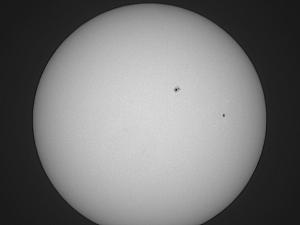
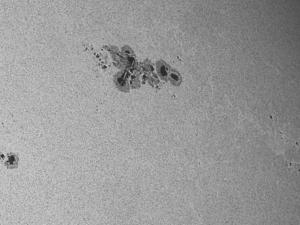
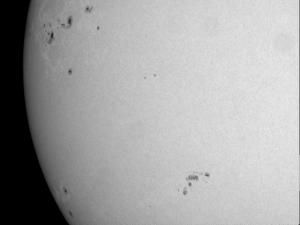
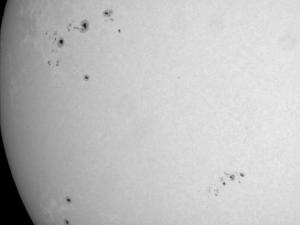
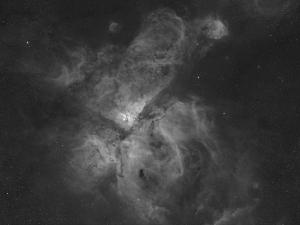
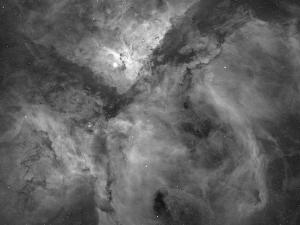
![eta Carinae nebula, Skywatcher ED62 at f/5.6, Optolong OIII/H-alpha/[SII] filters, ZWO ASI2600MM-Pro camera.](https://set.adelaide.edu.au/physics-chemistry-earth-sciences/sites/default/files/styles/ua_gallery_thumbnail/public/media/images/2023-05/heag_observatory_gallery_etacar_ohs_ed62.jpg?h=2a668c17&itok=JvyF5NfK)
